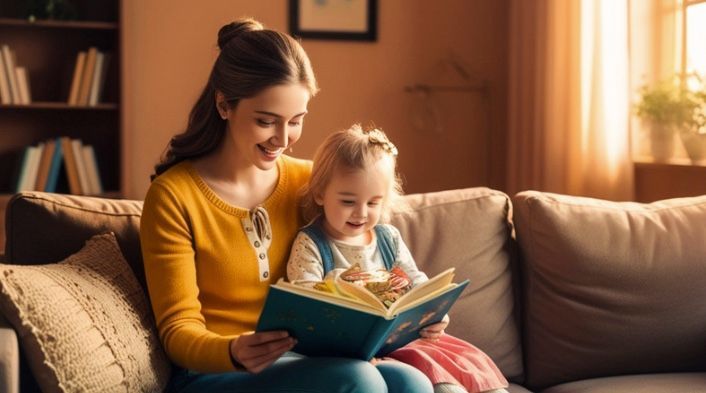Teaching Measurements
Teaching Measurements
I still remember my second year of teaching. I enjoyed all the subjects that I taught to my fifth graders. That was back when fifth grade was still a self-contained classroom. Teaching Measurements in Math became a challenge. Most of my students had no idea about measurements, neither English nor Metric. Teaching metrics was new in the 1970’s, and there was little to be had curriculum wise. Our school had purchased the metric curriculum that went with our math book, and it turned out to be just a bunch of reproducible sheets with no real instruction.
My solution was to teach English Measurements and then teach Metrics separately. By doing this, the students weren’t constantly trying to compare the two measurement systems. It actually worked out well. I even learned the metric system.
One of the best ways to teach English measurements at home is to teach your child to cook. So many of the measurements needed are used in cooking. Children enjoy cooking simple things and it gives them a chance to learn about cups, pints, quarts, and gallons. I remember taking all the appropriate items to school and performing a demonstration to show how 2 cups = 1 pint, 2 pints = 1 quart, and 4 quarts = 1 gallon. So how many cups are in a gallon? They can do the math and then check it by pouring cups of water into a gallon milk jug. They can also practice fractions with various sizes of measuring cups. Measuring spoons provide a good way to practice fractions.
Understanding the practicality of using measuring cups and measuring spoons to ensure the food you are fixing comes out edible is a good incentive to pay attention to what you’re trying to teach. If a recipe says to use 1 teaspoon of salt, and 1 Tablespoon gets dumped into the mixture, no one will want to eat the finished product. Remember uppercase “T” means Tablespoon and lowercase “t” means teaspoon.
Homeschoolers can practice using a measuring-tape by measuring their bedroom and furniture. If they are a little older, you may want to have them make furniture to scale on a piece of graph paper. The size of the actual room can use the same scale on a separate piece of paper. Next cut out each piece of furniture and practice moving the furniture around on the scaled drawing to see if there is room to give their bedroom a new look. This is a lot easier than moving furniture only to find out that it doesn’t fit.
When I was teaching in a self-contained classroom, I used this same method before pushing furniture. I liked moving desks around for a different look every few weeks.
Hint: If your classroom is small and the furniture only fits one way, try putting each student’s name on a 3”x 5” card. Shuffle the stack and place one face-down on each desk. When you say GO, each student can turn over the card, empty their desk, wash it out, and move to their new spot. I did this every 2 weeks with one of my 6th grade self-contained classes. Sometimes the students didn’t like who they would be sitting next to; however, they knew that it was only for 2 weeks and I didn’t accept complaints. The Extra Bonus to this method, was that all desks were washed out every 2 weeks.
It’s amazing how many different things can be found around the house or classroom to weigh. We have a scale for small things in the kitchen. It will measure in ounces and pounds, or with the push of a button, you can measure in grams. It’s helpful see what common items weigh. One of the things this has shown me is that many of the food items we buy in bulk include the packaging as part of the weight. (Not too happy with that).
When you get to Metrics, which is based on 10, do the same types of activities that you did with English measurements. I usually had a meter stick that I could replace for a yardstick.
Meters mean Length Grams mean Weight Liters mean Liquid
10 millimeters = 1 centimeter 10 milligrams = 1 centigram 10 milliliters = 1 centiliter
10 centimeters = 1 decimeter 10 centigrams = 1 decigram 10 centiliters = 1 deciliter
10 decimeters = 1 meter 10 decigrams = 1 gram 10 deciliters = 1 liter
Key to Remember: Teach English measurements and Metric measurements separately to begin with. When both are well learned, math equations can be used to convert if so desired.
No reason to confuse everyone.
Happy Teaching!


